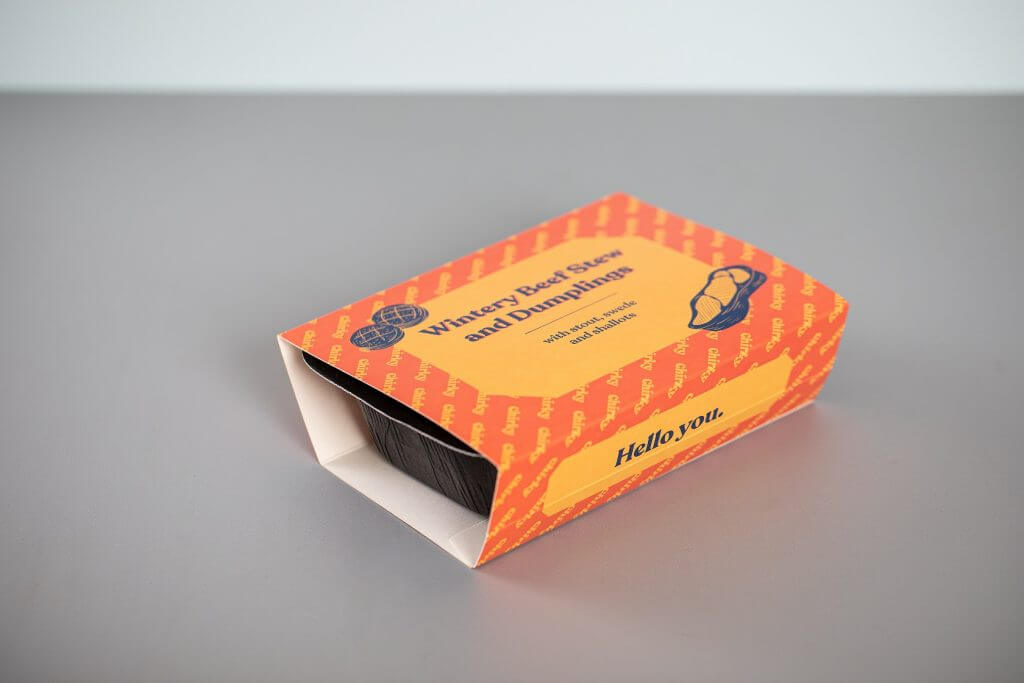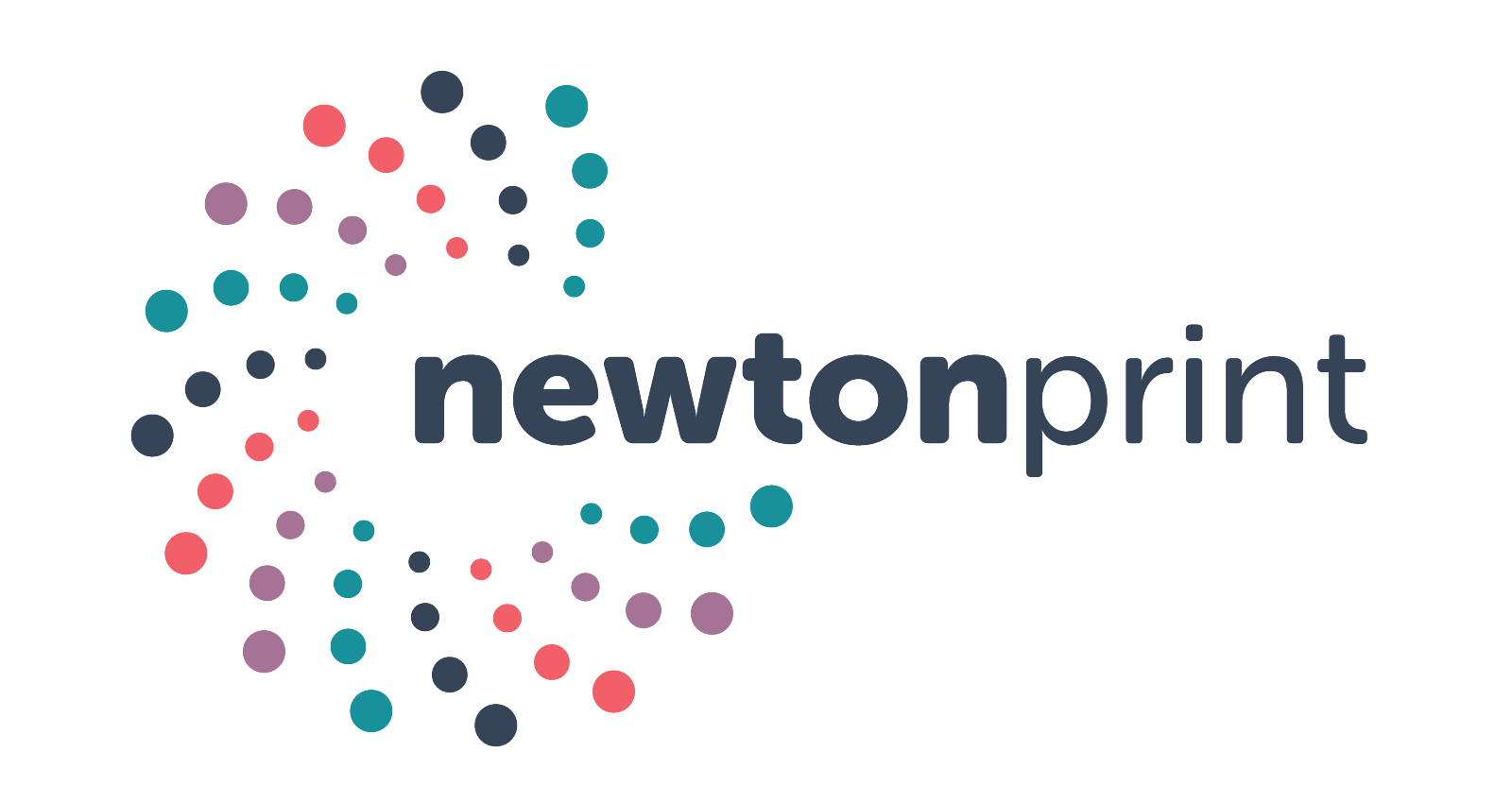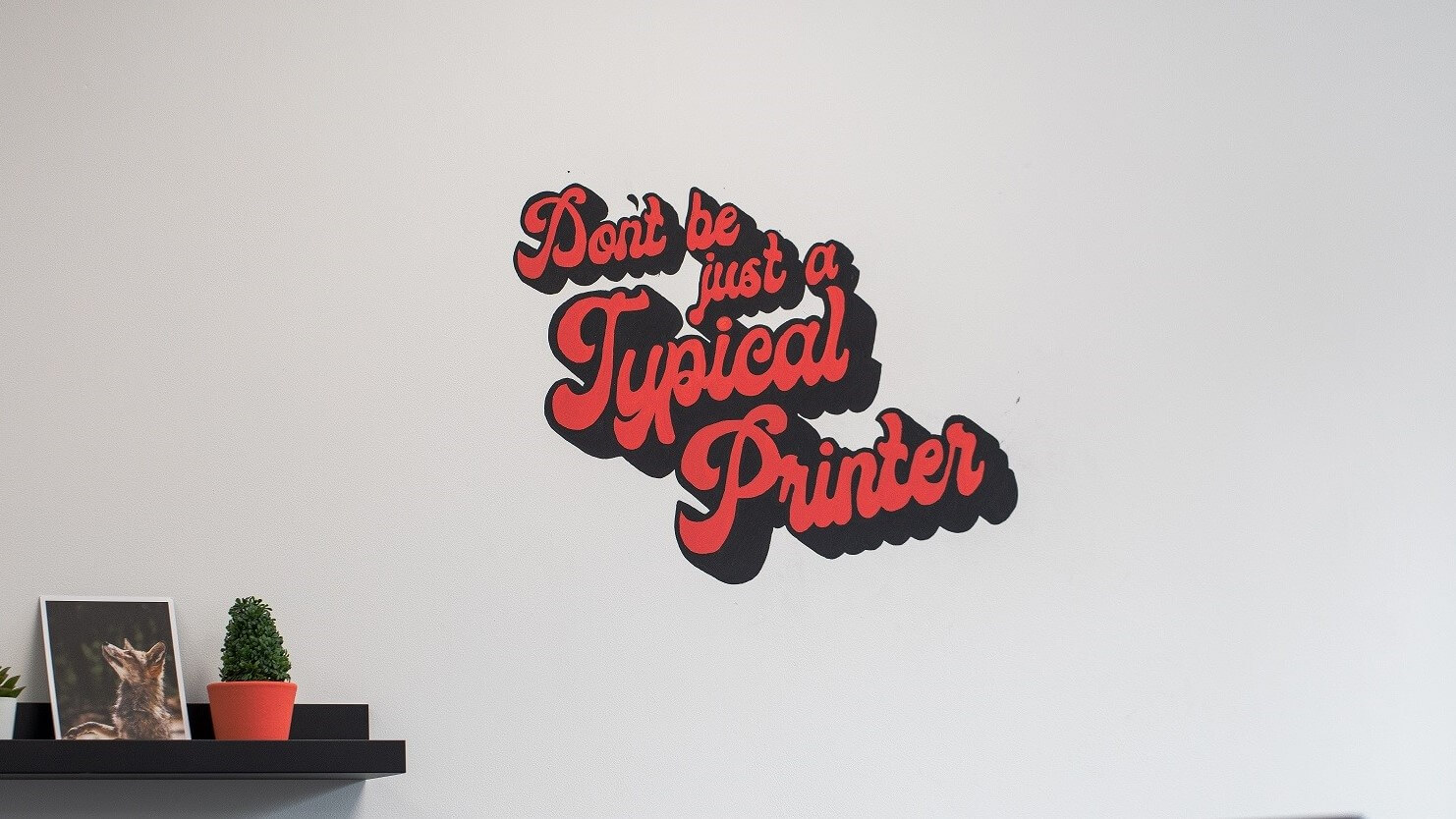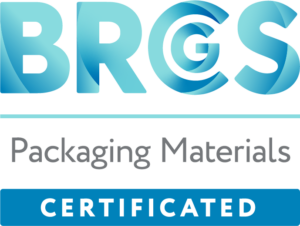Printed packaging – the questions you were too afraid to ask
We see ourselves as printed packaging mentors for SME drink and food producers and we aim to help demystify our industry to allow artisan brands to develop, succeed and grow.
With our own on-site production and inhouse creative expertise, we’re here to help you get the most from your printed packaging in a sustainable and carbon balanced way.
Here are eight of the most commonly asked questions we get and our answers below. Although lots of people ask us these, we also know many others may be afraid to ask!
Is printed packaging recyclable? 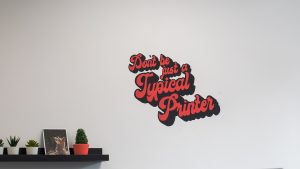
Yes, the majority of the packaging we print is 100% recyclable – even if it includes extras such as foiling. However, not all council collection services accept the same materials for recycling and this may be the case when adding lamination or Spot UV varnish, so it would be best to avoid those if possible.
We only print on paper and board, using vegetable-based inks so there’s no nasty plastics involved. The printed paper and board is also fully compostable, although there’s glue involved (such as for sleeves and some boxes) that element isn’t 100% bio-degradable – yet!
If you want a 100% compostable option, speak to our team and we’ll show you how to achieve this.
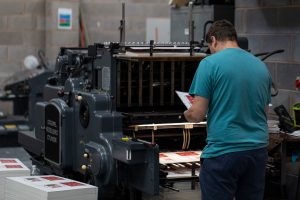 Why is there an extra crease in my sleeves?
Why is there an extra crease in my sleeves?
We call this a false crease and it’s there to allow the sleeve to fold flat when we’re packing the products for shipment.
If we didn’t do this, the sleeves would be really bulky and we’d need to use an awful lot more boxes to package them before shipping to you.
To save space, we put in a false crease which means the sleeves can fold flat and it’s a lot more efficient for you.
Can you make the sleeves fit my pots?
Absolutely! All the packaging we produce is custom-made, whether that be a box or a sleeve. If you’re a first-time buyer or have a new product, we highly recommend you send us a sample of your trays/pots so that we can make sure the sleeve fits perfectly.
While we can base the size on the manufacturer’s dimensions, it’s always far safer to let us check – in most cases, we find that we need to make a few small tweaks for a perfect fit.
Why do you need bleed on the artwork?
Where the print runs to the cut edge of the packaging, we need a minimum 3mm bleed. This is essentially an overlap of the artwork and it means that if there’s any small variance in the printing or trimming position, there won’t be any white edges showing.
It’s a standard practice for all printed products so your designer should be familiar with how this works, but we have a useful video guide online if you need a bit of help here.
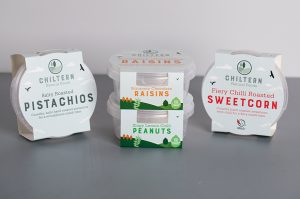
What do you mean by ‘artwork versions’?
This is where you have more than one iteration of a design, within the same size. For example, you may have a range of ready meals which all fit in the same tray and therefore require the same size of sleeve.
Let’s say you need a sleeve each for lasagne, shepherd’s pie and macaroni; this would mean you have three versions. It may only be a very tiny change between the versions, or it may be a completely different colour palette – in either case, it is a different artwork version and we’ll need to know before you order as it can affect the production.
Can I see a sample of my packaging before I order?
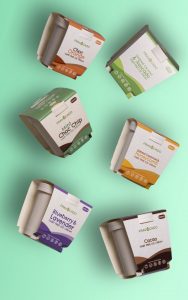 Yes you can – there’s usually a small cost associated with this depending on the product. If it’s a new line for you, we highly recommend that you see a sample first to make sure you’re happy with everything.
Yes you can – there’s usually a small cost associated with this depending on the product. If it’s a new line for you, we highly recommend that you see a sample first to make sure you’re happy with everything.
We usually print the samples using a different process to the final production run – digital rather than litho printing – so it won’t be to the finished quality but good enough to check.
Why do the unit costs reduce so much with higher volumes?
With litho printing, there is a fair amount of setup involved before we can start printing the job. For example, we have to prepare the artwork for print, produce the plates, run the ‘make-ready’ sheets to get the colour just right etc.
All of these are fixed costs, and then the variable costs such as volume of ink and number of card sheets kick in once the setup is complete.
It’s especially noticeable with the lower volumes, so for example you might notice that to print 1,000 sleeves costs 65p each, whereas to print 10,000 sleeves costs 25p each (example prices only, pricing dependent on size). This is why we always advise you think carefully about getting the balance right between order frequency and achieving a unit cost that works for you.
Help! I’m short on storage space. How many boxes/pallets will my order consist of?
This is a very common issue! It’s a little tricky to answer definitively as it depends on the net size of your packaging but as a guide for sleeves, we can usually pack 500 per box based on an average size, such as for a Satco 500ml container. So, for an order of 25,000 sleeves that’s around 50 boxes (one pallet).
Our team can help you refine this a bit further once we know the full details of your requirements.
If you’re keen to find out how we can get your project off the ground, please get in touch today by calling 01626 368986 or email [email protected]
